Have you ever looked at your blog and thought it needed an upgrade? Well you’re not alone and veteran bloggers will tell you that making regular improvements is a necessity if you want to stay ahead of the curve. Many times, your to-do list falls through the cracks in between publishing blog posts, marketing, fixing photos, and managing your life.
With another quarter of the year approaching, I thought I’d share some of my favorite tips on how to give your blog the bloom that it needs to thrive. I know, I know. You’re busy and can’t find the time to consistently run blog maintenance. However, I’d suggest that you take an afternoon or a weekend to give your blog a little TLC.
It pays to give your blog attention in more ways than you know. No one is blogging for their health. Content marketing and blogging puts you in a position to make profits. You also have a platform to motivate, educate, or entertain people. So, here’s a list of things you can do to upgrade and organize your blog.
ABOUT ME /
Did you know that the ‘About Me’ page is one of the most commonly visited pages on websites after the homepage? This signifies that people want to know the story behind your brand. I love reading the ‘About Me’ or Bio pages because I like to see how creative people can get with telling their story and simultaneously weaving in information on how to work with them. The ‘About Me’ page gives you the chance to display your personality, get personal, and share fun facts or detailed history, and even expounding on your special talents. Cool photos don’t hurt either. Update this page at least twice a year if not every quarter.
THEME /
Since starting my blog, I’ve probably changed the theme about five times. Yes, five. But that’s only because I am a picky designer with indecision issues and there are so many amazing themes being introduced all the time. Themeforest has hundreds of amazing themes to choose from and I like that they run specials on your favorite themes. The theme may not seem important in the grand scheme of things, but a compatible and user friendly theme can certainly make your life a lot easier. Maybe you are using WordPress and want a theme that complements your plugins. For those who aren’t as tech savvy, Squarespace can work well for you. Either way, think about the attractiveness of your theme and what types of features you want. I personally make a list so that when shopping for a theme, I can make informed decisions about what to invest in. Themes are super affordable (less than $60) so happy shopping!
BLOG GRAPHICS /
I never really considered my blog graphics to be important until the emergence of Pinterest. Currently Pinterest is one of the top ways to drive massive amounts of traffic to your blog or website. Because of its popularity, you can find lots of eye-catching graphics in the Pinterest feed competing for your attention. I thought long and hard about the way I wanted to present my blog graphics. Depending upon the dimension, the same graphics can be used for advertisements and on other social platforms. I personally use Canva to create my Pinterest graphic because it’s a convenient tool for quick fixes. For more elaborate designs, I use Adobe InDesign, Illustrator and Photoshop.
SEO /
I am so happy to see that lots of bloggers are starting to take SEO seriously and believe me, once you take a few tutorials you won’t be nearly as intimidated as you expected to be. SEO stands for Search Engine Optimization and in layman’s terms, the purpose of learning SEO is to ensure that when someone’s searching Google, YOUR website, blog, product, or service pops up in the first few pages versus the thousandth page. It’s the art of keywords and phrases and links. Since I have a WordPress theme, I use the Yoast for WordPress plugin to manage my SEO. Its super convenient and helps me refine my blog topics.
LAYOUT /
As a Web Designer, I pay attention to everything on a website. I love sketching out a full wireframe for pages before going in to actually make changes or start a page from scratch. I will say this: your layout depends entirely on your goals. Some people want to prominently display their blog posts while others want to add visitors to their email list right away. Some people have a full menu displaying all of their page tabs at the top while others stick to the ‘About Me,’ contact, shop, and blog tabs. Some people include their social media feeds in the sidebar, while others opt for a cleaner sidebar with an ad. Think about where you want the visitor’s eyes to land as they see your page. Put yourself in their shoes. There are web tools you can invest in to track where visitors click on your site. This will help as you create a navigation-worthy layout.
PAGES & CATEGORIES /
I can’t tell you how irritating it is to see a blog or website with 50 pages. I am constantly looking at both of my websites and thinking, how can I condense pages on my site. For instance, my resources page could potentially be 3 pages but I organized it in a way that still made sense. Your privacy policy and disclaimer page can act as one page. Your contact page could include info reserved for sponsorships and brand partnerships. Make it easy for your readers to support you and don’t send them all over the place.
Check your categories and tags as well. The first thing I did when starting the blog is define what kind of content I wanted to be known for. This helps you narrow your niche. Remember that your categories are the overall themes (i.e., business, style, food, fitness) while the tags specify the subcategories that readers may search for (i.e., marketing, accessories, vegan food, and Zumba).
How do you organize your blog and upgrade it? I’d love to hear your thoughts below.
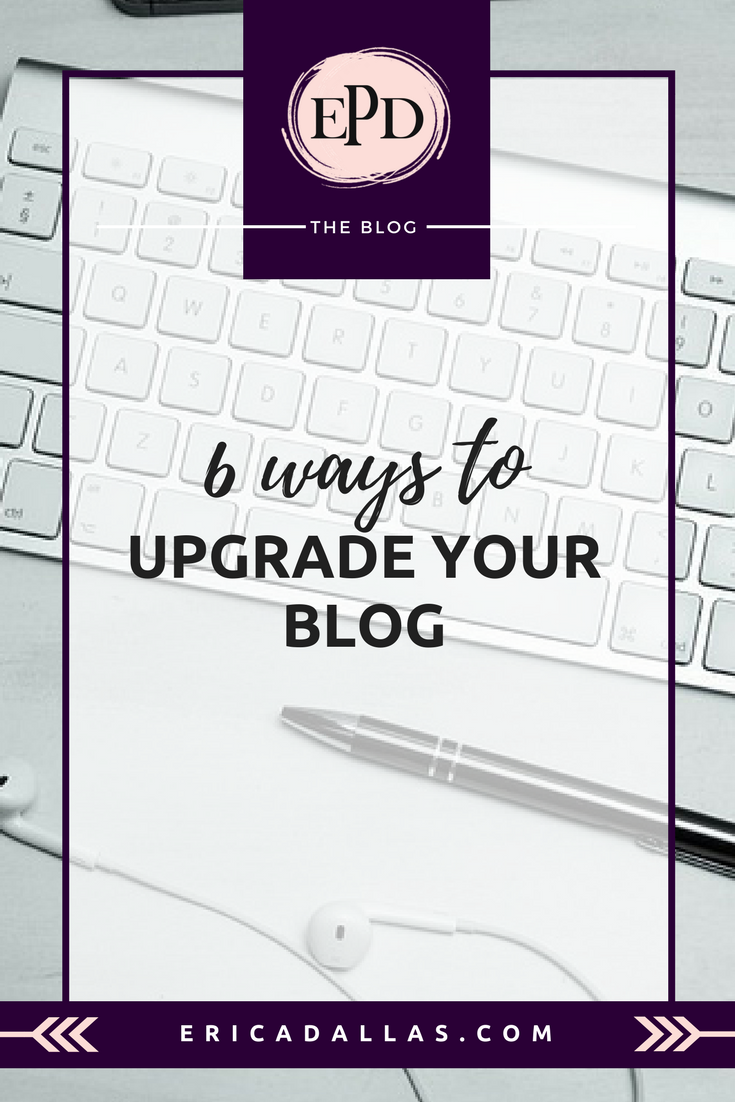



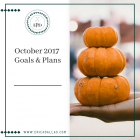
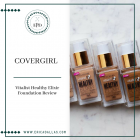
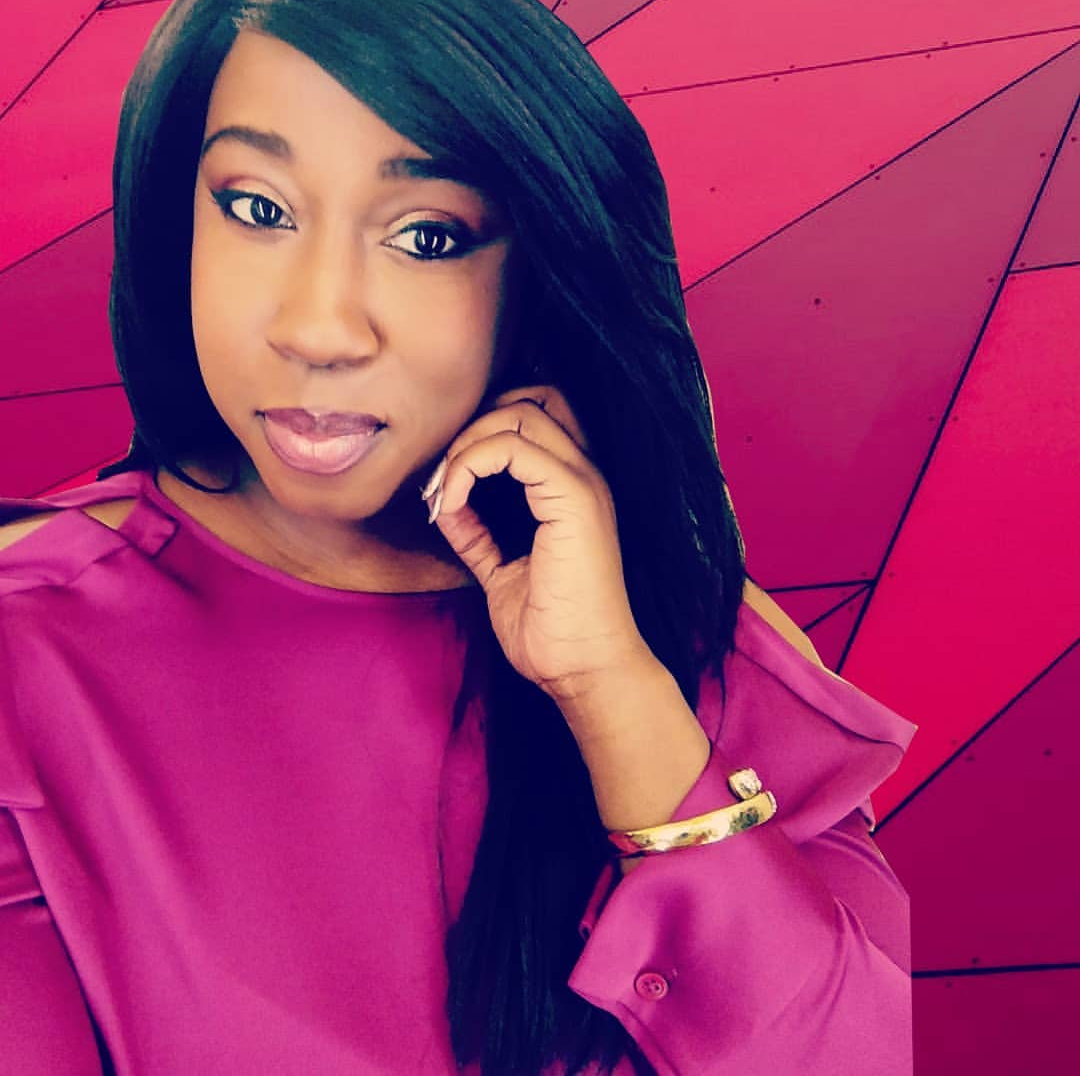
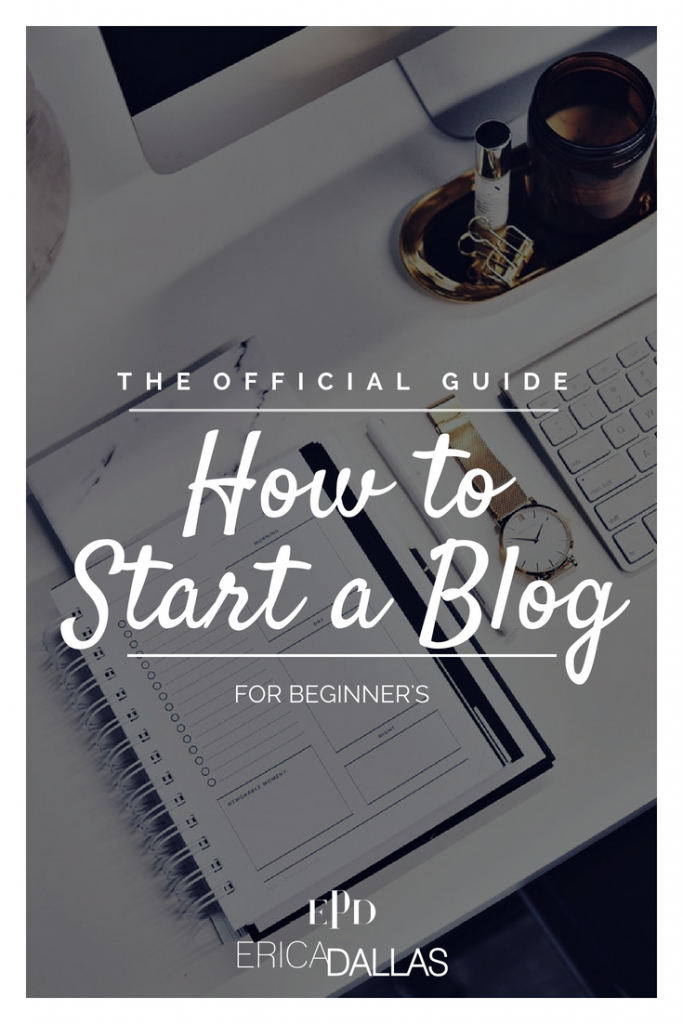

What do you think?